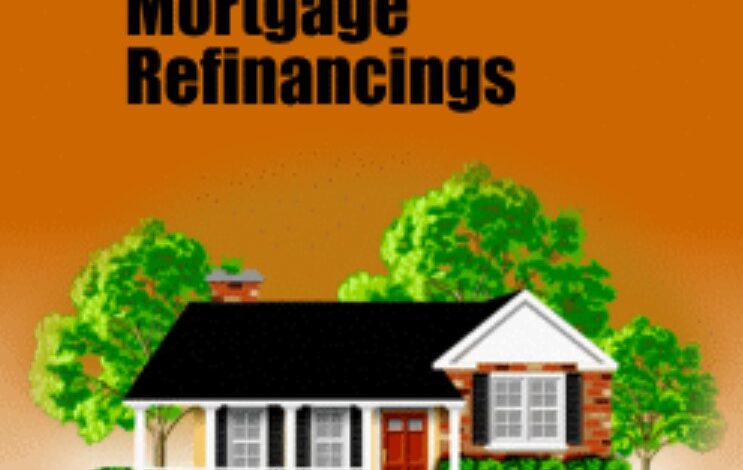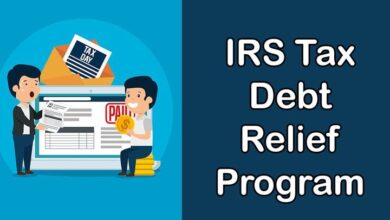A Guide to Mortgage Refinancing

Mortgage refinancing presents a valuable opportunity to achieve various financial objectives, including lowering monthly mortgage payments, accelerating home loan payoff, or accessing home equity. However, understanding the costs associated with mortgage refinancing is crucial to assessing whether the potential benefits outweigh the initial expenses.
Analyzing Refinancing Expenses
When opting for mortgage refinancing, it’s important to recognize that the associated fees can mirror those of your original home loan. The specific refinancing costs vary based on factors such as loan type, lender, and local fees. Common refinancing expenses include:
- Application fee: $0 to $500
- Attorney fees: $500 to $1,000
- Discount points: 0% to 3%
- Flood certification: $15 to $25
- Home appraisal: $300 to $700
- Mortgage insurance premium (MIP): Up to 1.75%
- Origination fees: 0.5% to 2%
- Recording fees: $125
- Tax service: Varies
- Title insurance and search: $700 to $900
Negotiating certain lender fees is possible, and borrowers might succeed in lowering or waiving underwriting and processing fees. However, government-imposed fees and third-party expenses, such as taxes, attorney review fees, and home appraisals, generally offer little room for negotiation.
Exploring No-Closing-Cost Refinance Options
For those with limited finances, some lenders offer no-closing-cost refinancing. While this option involves minimal upfront fees, it often comes with a higher interest rate or a higher principal balance if the closing costs are rolled into the loan. Both scenarios increase the overall borrowing costs over the loan’s lifetime.
A valuable tip is to consider paying a portion of the closing costs upfront to minimize monthly interest payments.
Understanding Average Refinancing Costs
According to Freddie Mac, the average cost to refinance a home loan is around $5,000. However, the actual cost varies based on factors like loan size and location. Percentage-based fees tend to be higher for larger loans, and high-cost areas may incur additional third-party fees or government taxes.
Typical mortgage closing costs fall within the range of 2% to 6% of the loan amount. As an example, on a $200,000 balance, closing costs could range from $4,000 to $10,000.
To assess your costs against the average amount, consider using a mortgage refinance calculator.
Strategic Timing for Mortgage Refinancing
Refinancing becomes advantageous under certain circumstances:
- Need a smaller monthly payment
- Want to switch to a fixed interest rate
- Qualify for a lower interest rate
- Seek to avoid private mortgage insurance (PMI)
- Need to access home equity through a cash-out refinance
However, refinancing may not be worthwhile if:
- The break-even point is high
- You plan on moving soon
- Insufficient equity
- Unwilling to borrow equity
- Don’t meet minimum requirements set by lenders
Cost-Effective Refinancing Strategies
To reduce refinancing costs, consider:
- Negotiating lender fees
- Exploring streamline refinance options
- Improving your credit score and DTI ratio
- Buying discount points
- Comparing refinance rates from multiple lenders
FAQs
1. Is refinancing always a cost-effective decision?
Refinancing can be cost-effective, but it depends on various factors such as current interest rates and your financial goals.
2. Can I refinance with bad credit?
While it’s challenging, refinancing with bad credit is possible. Explore your options and consult with lenders.
3. How long does the refinancing process take?
The duration varies, but on average, it takes about 30 to 45 days to complete the refinancing process.
4. Are there government programs to assist with refinancing costs?
Yes, some government programs offer assistance with refinancing costs. Research available programs to see if you qualify.
5. Can I refinance if my home’s value has decreased?
It’s possible, but a lower home value may impact your eligibility and the terms of the new loan.



